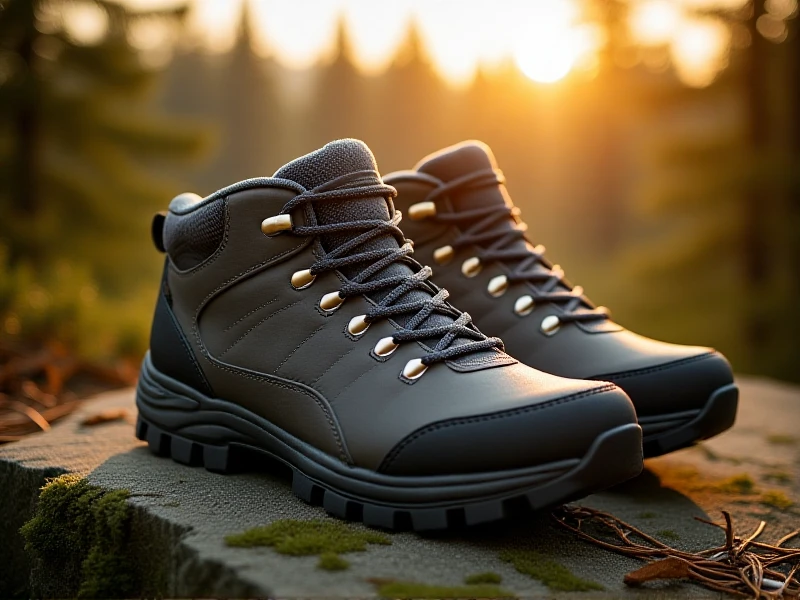
Hiking Shoes: Conquer Every Trail in Comfort & Confidence
Venturing off the beaten path promises adventure, stunning views, and a deep connection with nature. But whether tackling a gentle woodland trail or scaling a rugged mountain pass, your journey starts at your feet. Choosing the right hiking shoes isn't just about comfort; it's fundamental to your safety, performance, and overall enjoyment. Ditch the blisters and instability – equip yourself with footwear designed for the demands of the trail.
Why Proper Hiking Shoes Matter
Ordinary sneakers simply lack the specialized features needed for hiking. Hiking shoes excel in providing crucial support, enhancing grip on slippery or uneven ground, and shielding your feet from rocks, roots, and water. Think of them as stability and armor systems combined. Their stiffer midsoles prevent foot fatigue over miles, while advanced traction patterns on outsoles ensure confidence on loose gravel, mud, and wet rock. Ankle support, varying with boot height, helps prevent twists and sprains on unpredictable terrain.
Finding Your Perfect Fit: Types of Hiking Shoes
The ideal hiking shoe depends heavily on the terrain, load, and your personal preference:
-
Trail Runners:
- Great for: Fast-paced day hiking on well-maintained trails; ultralight backpacking
- Benefits: Lightweight, flexible, quick-drying
- Trade-offs: Less ankle support and underfoot protection, reduced durability
-
Hiking Shoes (Low-Cut):
- Great for: Day hiking, light trekking, moderate terrain transitioning to rockier paths
- Benefits: Good support and protection at the ankle level without height restriction, excellent traction
- Trade-offs: Less ankle support than boots; more versatile than trail runners
-
Hiking Boots (Mid & High-Cut):
- Great for: Rugged, uneven terrain; off-trail ventures; carrying heavier backpacks (multi-day trips)
- Benefits: Maximum ankle support, superior underfoot protection, comprehensive protection against elements
- Trade-offs: Heavier, require more break-in time, less flexibility
Key Construction Features to Look For
- Supportive Midsoles: Crucial for shock absorption and preventing foot fatigue over long distances.
- Aggressive Outsoles (e.g., Vibram®): Look for deep, multi-directional lugs for unbeatable traction in varied conditions. Durability matters here.
- Durable & Breathable Uppers: Materials like suede, leather, or tough synthetics withstand abrasion. Mesh panels enhance airflow.
- Waterproofing (When Needed): Membranes like Gore-Tex® keep feet dry in wet grass, mud, and light streams. For dry weather/hot climates, non-waterproof options offer better breathability.
- Protective Toe Caps & Heel Counters: Shields feet from accidental bumps and rocks while adding structure for stability.
- Secure Lacing Systems: Enable a precise, locked-in fit that prevents heel slippage and toe jamming on descents.
The Non-Negotiable: Fit
Never compromise on fit. Always try hiking shoes on later in the day when feet are naturally swollen. Wear the socks you intend to hike in. There should be ample toe room (about a thumbnail's width) and no pinching or rubbing. Walk on an incline and decline in-store to test toe comfort. Your heel should remain snugly in place. Expect a short break-in period for boots before tackling major trails.
Invest in Your Journey
Your hiking shoes are directly responsible for turning a potential grueling slog into an exhilarating experience. By understanding the types, focusing on key construction features, and prioritizing an impeccable fit, you can confidently choose shoes that empower every step. They are the foundation that lets you explore further, stay safer, and savor the magic of the trails for years to come. Ready your feet for adventure. Shop our curated collection of high-performance hiking shoes and boots today!